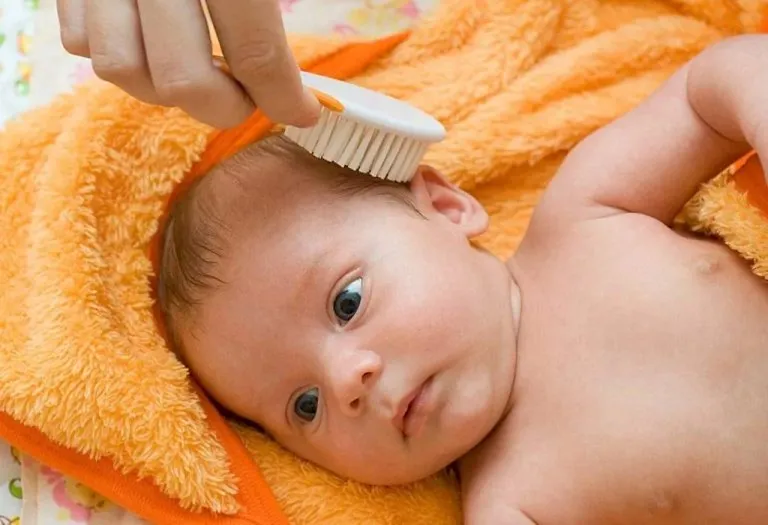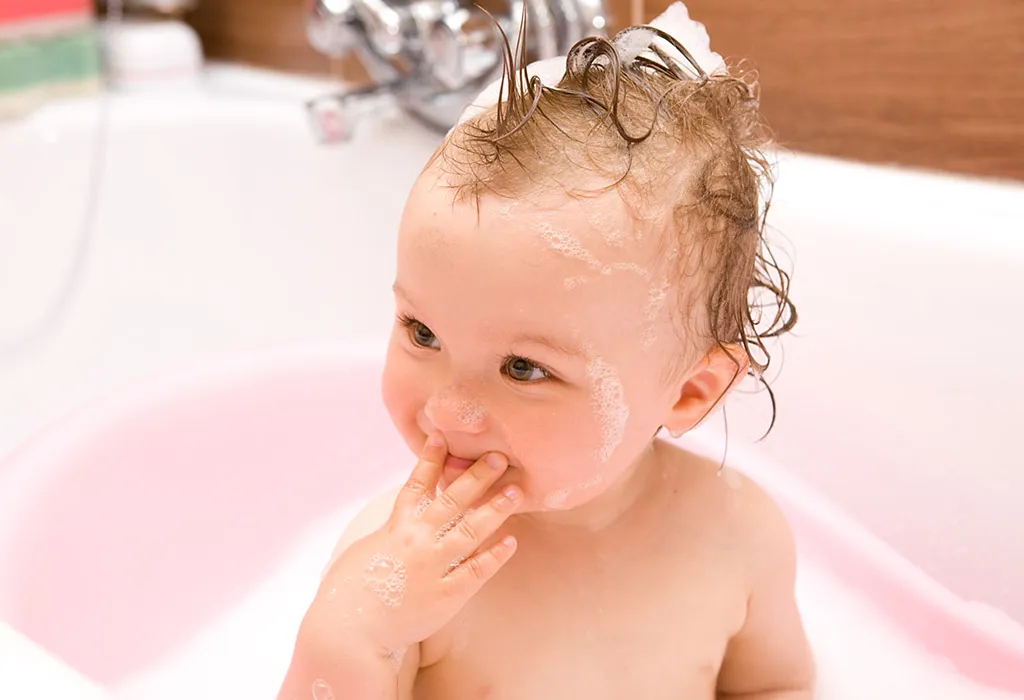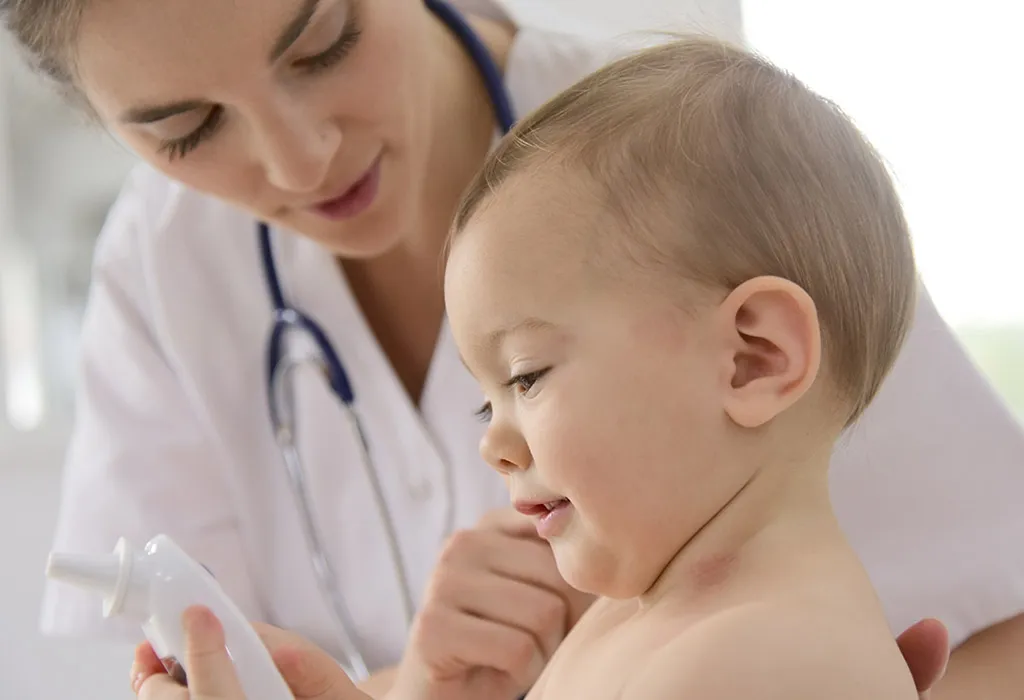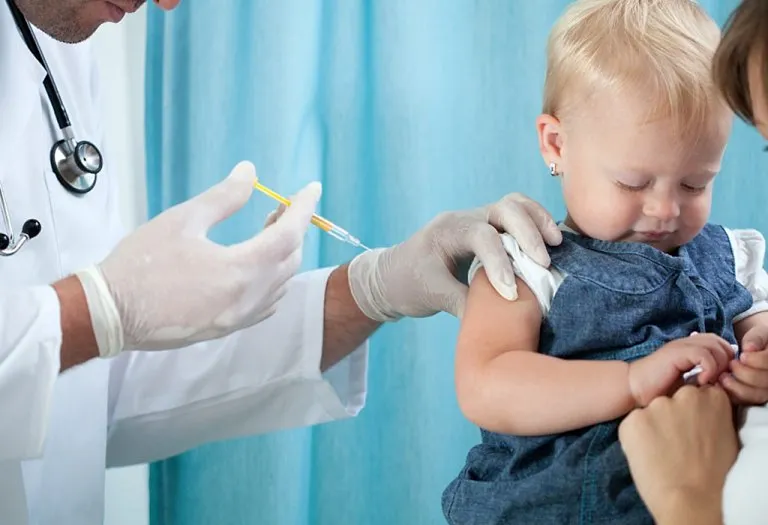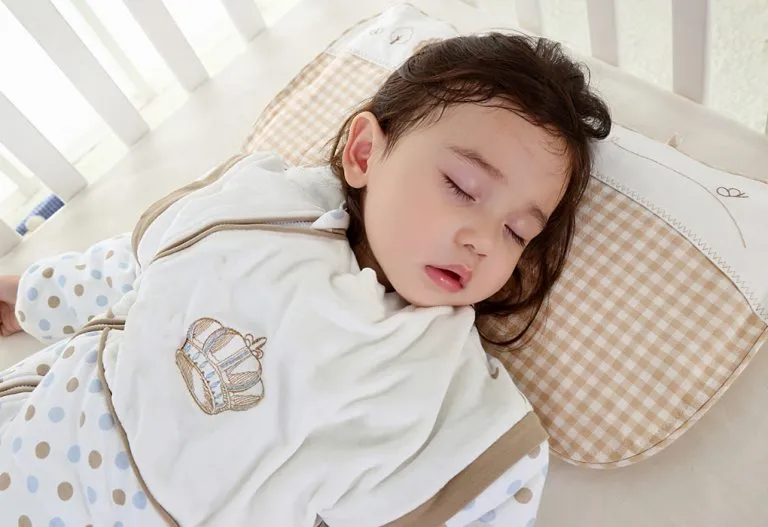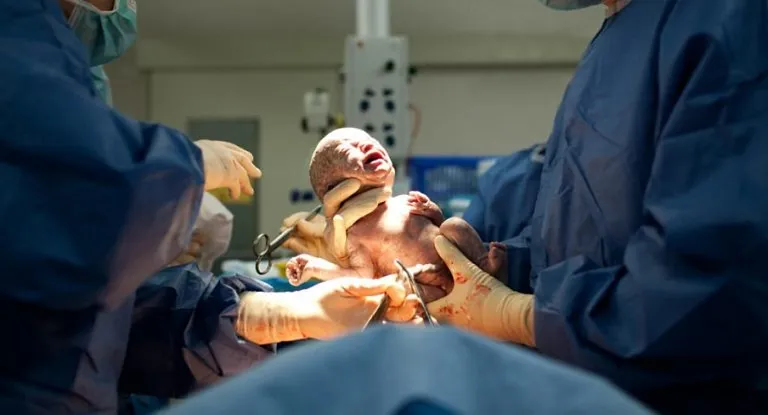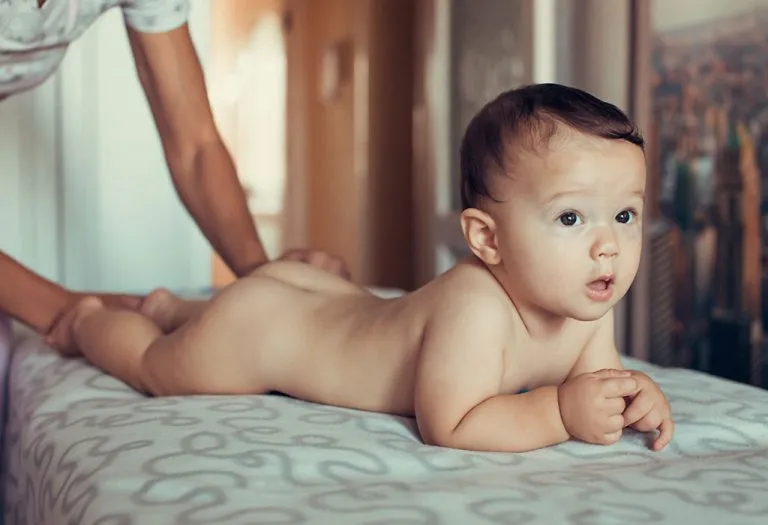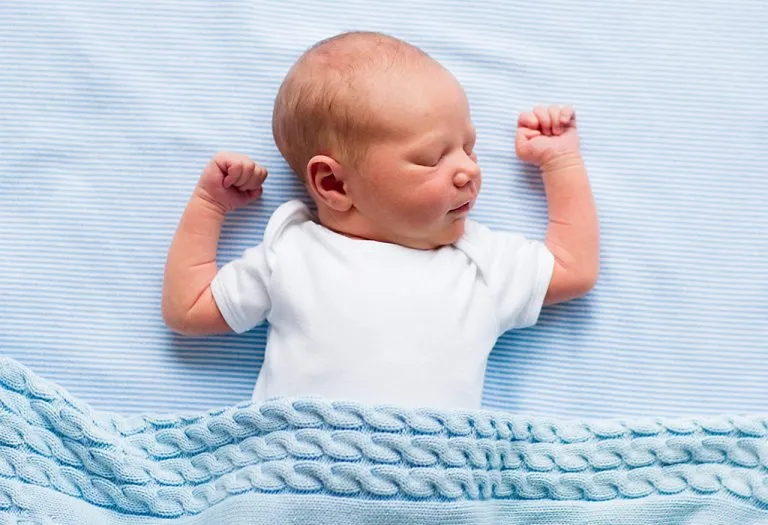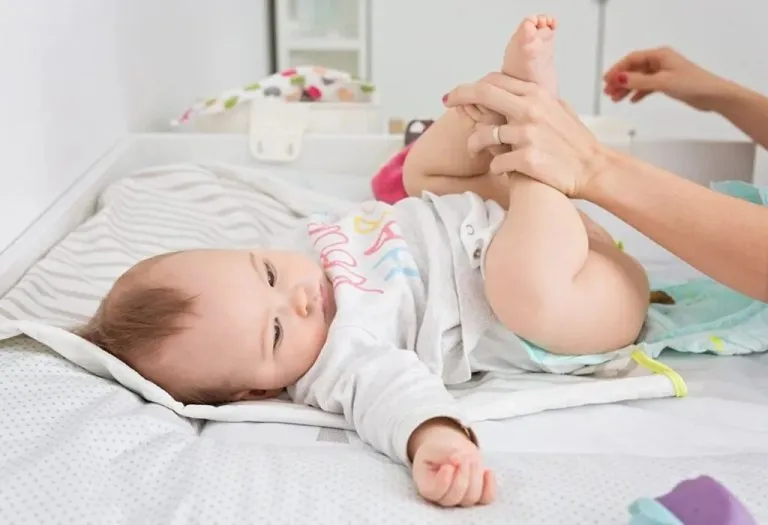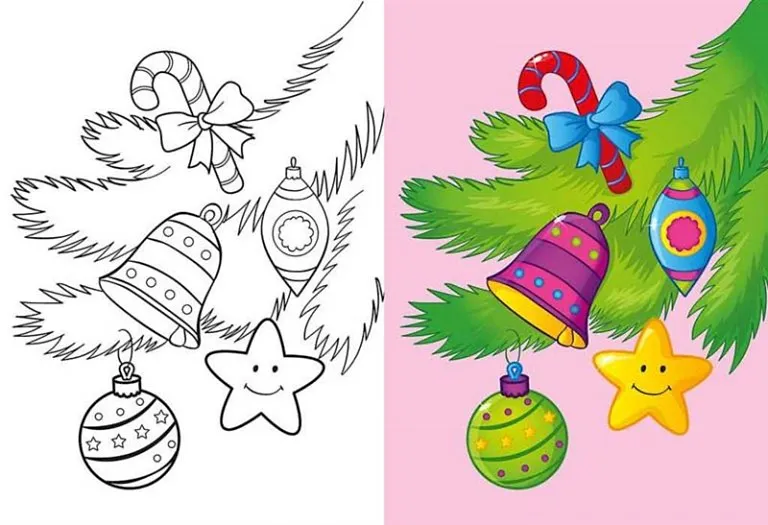Baby Hair Loss – Causes, Treatment and Prevention

Every baby is unique, and every child develops differently. However, parents often worry if their children are developing properly. Under normal circumstances, a developing child can still face several problems that could be as severe as infections or as tricky to understand as newborn hair loss.
Infant hair loss is usually dismissed as a ‘simple’ problem. However, a child’s hair loss, if not natural, can impact the child in numerous ways- especially psychologically. It is essential to understand if the loss of your child’s hair is normal or if there is something else that may need your attention.
Is Hair Loss in Babies Normal?
In the first six months after birth, a child will lose what is known as birth hair. This is the hair that a baby is born with, and this hair is meant to fall off. Small amounts of hair fall post this period are also considered normal. Just like adults, baby losing hair to a small extent is to be expected.
If the hair fall is excessive and not related to the baby’s birth hair, it might be a cause for concern. This may require medical assistance, but before going to consult your doctor, it is best to evaluate the possible causes of hair loss in your baby.
Why Do Babies Lose Their Hair?
Some of the major causes of hair loss in children are:
1. Alopecia Areata
One reason for hair loss could be alopecia areata. This condition causes the immune system to attack the hair follicles all over the body. It can cause smooth bald patches throughout the scalp and is known to impact the speed of hair growth.
2. The Function of the Thyroid Hormone
Thyroid disorders like hypothyroidism can lead to excessive hair loss.
3. Underactivity of the Pituitary Gland
If your baby’s pituitary gland is under-active, he may have a condition called hypopituitarism, which can cause infant baldness.
3. Trichotillomania
It is a condition observed in slightly older babies where they compulsively pull their hair out. This could be a reason for hair fall.
4. Physical Damage
Tying your baby’s hair too tightly or other forms of physical damage to their hair could lead to irreversible hair loss.
5. Infection
A variant of the ringworm infection called tinea capitis is highly contagious and can cause hair loss, flaky, and itchy scalp and redness on the scalp.
6. Hair problems
Lice infestations and the presence of dandruff can cause hair to fall.
Most parents think newborn baby hair fall could be a sign of something more serious. If limited to small amounts, hair loss is expected at any age. Talk to your doctor to get an insight into your baby’s hair loss.
What Are the Signs of Natural Baby Hair Loss?
When it comes to baby hair loss, it’s natural for parents to feel concerned. However, understanding the signs can help alleviate worries and ensure proper care for your little one’s delicate scalp. Here are some key indicators of natural baby hair loss:
- Gradual Thinning: You may notice your baby’s hair becoming thinner over time, particularly around the edges.
- Bald Patches: It’s common for babies to develop temporary bald patches, especially if they spend a lot of time lying on their backs.
- New Hair Growth: As old hair falls out, new hair often grows in its place, leading to a cycle of shedding and regrowth.
- No Other Symptoms: Natural baby hair loss typically occurs without other accompanying symptoms, such as redness, itching, or flakiness.
When Is It a Serious Problem?
Excessive hair loss could be due to numerous issues. It could indicate nutritional problems, infections like cradle cap, or other medical issues. It is advised that you observe your child closely and talk to your doctor if the hair loss is continuous and excessive.
What Can You Do If Your Infant’s Hair Is Falling Out?
There are numerous ways to combat hair fall, some of which are:
- Using medicated baby shampoos to fight infections.
- Refrain from using tight hair accessories or styling that could pull on your baby’s delicate hair strands.
- Keep your baby’s scalp clean and moisturized to promote a healthy environment for hair growth.
- Minimize the use of heated styling tools or hot water when washing your baby’s hair to prevent damage.
- A nutritious diet rich in vitamins and minerals can support healthy hair growth in infants. If breastfeeding, ensure your diet is varied and nutrient-dense.
- Consult a dermatologist for proper diagnosis and treatment.
It is a common practice in some cultures around the world to shave off the baby’s birth hair. It is believed that shaving off your baby’s birth hair will help avoid any bald patches. However, there is no scientific evidence to prove the validity of this practice.
What If Your Baby Is Completely Bald?
This is extremely common. Many babies are born bald. You can rest easy even if your baby doesn’t grow hair till his first birthday. Each baby has a different cycle of development. Don’t panic about your baby having a bald spot because unless there are any other symptoms, it is normal. Talk to your doctor if you fear other symptoms or need further clarification.
Tips to Prevent Infant Hair Loss
Here are some tips to help you avoid infant hair loss:
- Don’t tie braids that are too tight.
- If your baby has Trichotillomania, consult a child specialist.
- Use a mild shampoo and don’t shampoo your baby’s hair every day as it can dry the scalp.
- Avoid anti-dandruff shampoo unless there is a dandruff problem.
- Avoid combing your baby’s hair more than once every other day.
- Don’t overuse oils.
- Don’t medicate your child unless a doctor prescribes the medication.
- Don’t dry their hair with heat.
- Only use medicated shampoos if a doctor prescribes it and use it only for the time they recommend.
- Put a hat or cap on them if it’s too hot outside.
- Use a soft-bristled hairbrush to comb your baby’s hair.
For more tips and help, contact a dermatologist.
When Should You Visit a Doctor?
Under most circumstances, if in the first six months, the only symptom is hair fall, there is no need to see a doctor. However, if your child’s hair continues to fall after the age of 6 months, visit your baby’s paediatrician or a dermatologist. If the hair fall is present with other symptoms like redness, itchiness, ring-like scars, boils, or pain, you must seek medical attention immediately.
FAQs
1. Can cradle cap cause hair loss in babies?
Cradle cap, a common condition characterized by crusty or oily patches on a baby’s scalp, typically doesn’t cause hair loss. However, if the patches become severe and inflamed, hair loss might occur due to excessive scratching or rubbing.
2. Can hair loss in babies be a sign of a nutritional deficiency?
While rare, hair loss in babies can sometimes be associated with nutritional deficiencies, particularly if the baby is not receiving adequate amounts of essential vitamins and minerals. If you’re concerned about your baby’s hair loss, consult with your pediatrician to rule out any underlying nutritional issues.
3. Can teething cause hair loss in babies?
Teething itself does not directly cause hair loss in babies. However, the discomfort and irritability associated with teething might lead to increased rubbing or pulling on the hair, which could contribute to temporary hair loss in some cases.
This was all about baby hair falling out. It is essential to understand that hair fall could lead to numerous psychological problems in older children. If required, a child psychologist can be consulted to help the child deal with the issue. In infants, hair fall is common, and the best way to put your mind at ease would be to speak to a doctor. Remember that hair fall can be prevented only if the correct action is taken. Reading about hair fall and other conditions can also bring you some peace of mind.
References/Resources:
1. Hair Loss (Alopecia) in Children; American Academy of Pediatrics; https://www.healthychildren.org/English/health-issues/conditions/skin/Pages/Hair-Loss-Alopecia.aspx
2. Cradle cap; Mayo Clinic; https://www.mayoclinic.org/diseases-conditions/cradle-cap/symptoms-causes/syc-20350396
3. Children’s Hair Loss; American Hair Loss Academy; https://www.americanhairloss.org/childrens-hair-loss/
4. Hair loss; Mayo Clinic; https://www.mayoclinic.org/diseases-conditions/hair-loss/symptoms-causes/syc-20372926
5. Hair Loss; Seattle Children’s Hospital; https://www.seattlechildrens.org/conditions/a-z/hair-loss/
6. Alopecia Areata (Hair Loss); Nemours Kids Health; https://kidshealth.org/en/parents/alopecia.html
7. Grubbs. H, Nassereddin. A, Morrison. M; Embryology, Hair; National Library of Medicine; https://www.ncbi.nlm.nih.gov/books/NBK534794/
Also Read:
Tips for Baby Hair Growth
Lanugo Hair in Newborn Baby
How to Wash Your Baby’s Hair?
Head Lice in a Baby or Child: How to Get Rid of Them?
Shaving a Baby’s Hair To Make It Thicker – Fact or Myth
Was This Article Helpful?
Parenting is a huge responsibility, for you as a caregiver, but also for us as a parenting content platform. We understand that and take our responsibility of creating credible content seriously. FirstCry Parenting articles are written and published only after extensive research using factually sound references to deliver quality content that is accurate, validated by experts, and completely reliable. To understand how we go about creating content that is credible, read our editorial policy here.






